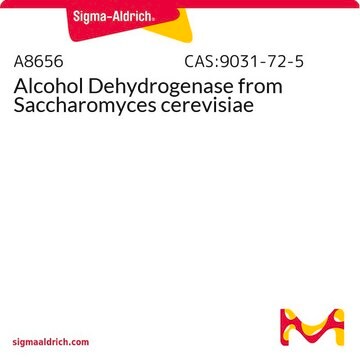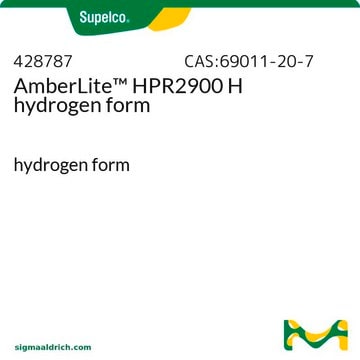32210
Diethylene glycol dimethyl ether
puriss. p.a., ≥99.5% (GC)
Synonym(s):
2-Methoxyethyl ether, Bis(2-methoxyethyl) ether, Dimethyldiglycol, ‘Diglyme’
About This Item
Recommended Products
vapor density
4.6 (vs air)
vapor pressure
3 mmHg ( 20 °C)
grade
puriss. p.a.
Assay
≥99.5% (GC)
autoignition temp.
370 °F
expl. lim.
17.4 %
technique(s)
HPLC: suitable
gas chromatography (GC): suitable
impurities
≤0.005% peroxides (as H2O2)
≤0.1% water
refractive index
n20/D 1.408 (lit.)
n20/D 1.408
bp
162 °C (lit.)
mp
−64 °C (lit.)
density
0.944 g/mL at 20 °C (lit.)
0.939 g/mL at 25 °C (lit.)
cation traces
Al: ≤0.5 mg/kg
Ba: ≤0.1 mg/kg
Bi: ≤0.1 mg/kg
Ca: ≤0.5 mg/kg
Cd: ≤0.05 mg/kg
Co: ≤0.02 mg/kg
Cr: ≤0.02 mg/kg
Cu: ≤0.02 mg/kg
Fe: ≤0.1 mg/kg
K: ≤0.5 mg/kg
Li: ≤0.1 mg/kg
Mg: ≤0.1 mg/kg
Mn: ≤0.02 mg/kg
Mo: ≤0.1 mg/kg
Na: ≤0.5 mg/kg
Ni: ≤0.02 mg/kg
Pb: ≤0.1 mg/kg
Sr: ≤0.1 mg/kg
Zn: ≤0.1 mg/kg
application(s)
environmental
SMILES string
COCCOCCOC
InChI
1S/C6H14O3/c1-7-3-5-9-6-4-8-2/h3-6H2,1-2H3
InChI key
SBZXBUIDTXKZTM-UHFFFAOYSA-N
Looking for similar products? Visit Product Comparison Guide
General description
Application
Signal Word
Danger
Hazard Statements
Precautionary Statements
Hazard Classifications
Flam. Liq. 3 - Repr. 1B
Supplementary Hazards
Storage Class Code
3 - Flammable liquids
WGK
WGK 1
Flash Point(F)
134.6 °F - closed cup
Flash Point(C)
57 °C - closed cup
Certificates of Analysis (COA)
Search for Certificates of Analysis (COA) by entering the products Lot/Batch Number. Lot and Batch Numbers can be found on a product’s label following the words ‘Lot’ or ‘Batch’.
Already Own This Product?
Find documentation for the products that you have recently purchased in the Document Library.
Our team of scientists has experience in all areas of research including Life Science, Material Science, Chemical Synthesis, Chromatography, Analytical and many others.
Contact Technical Service










